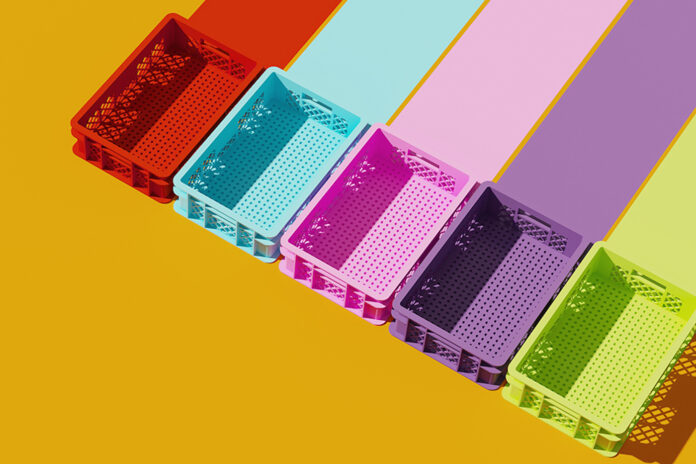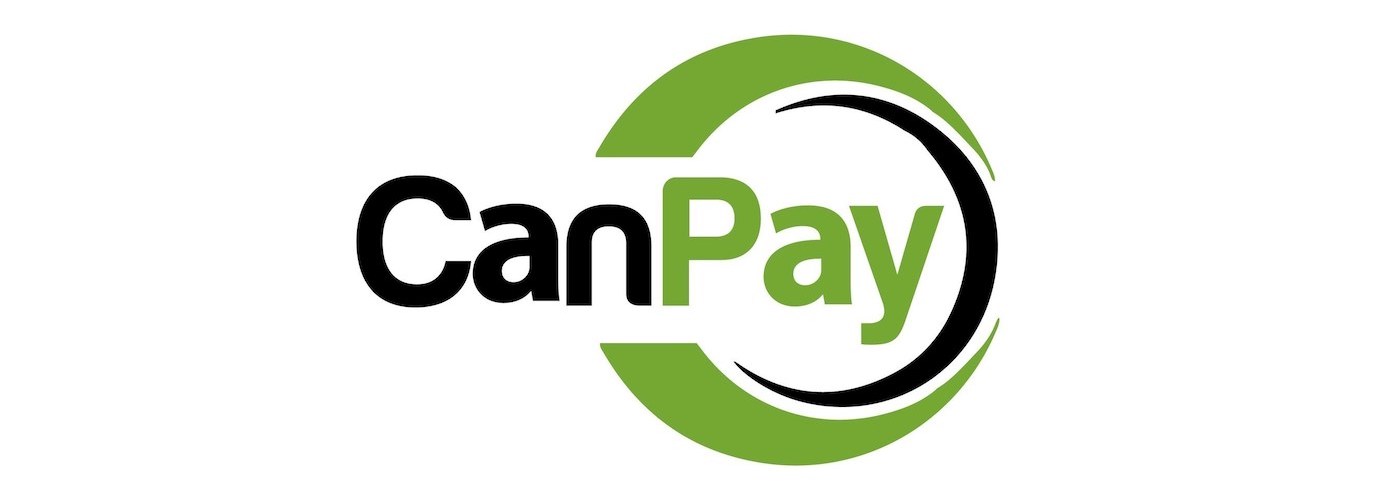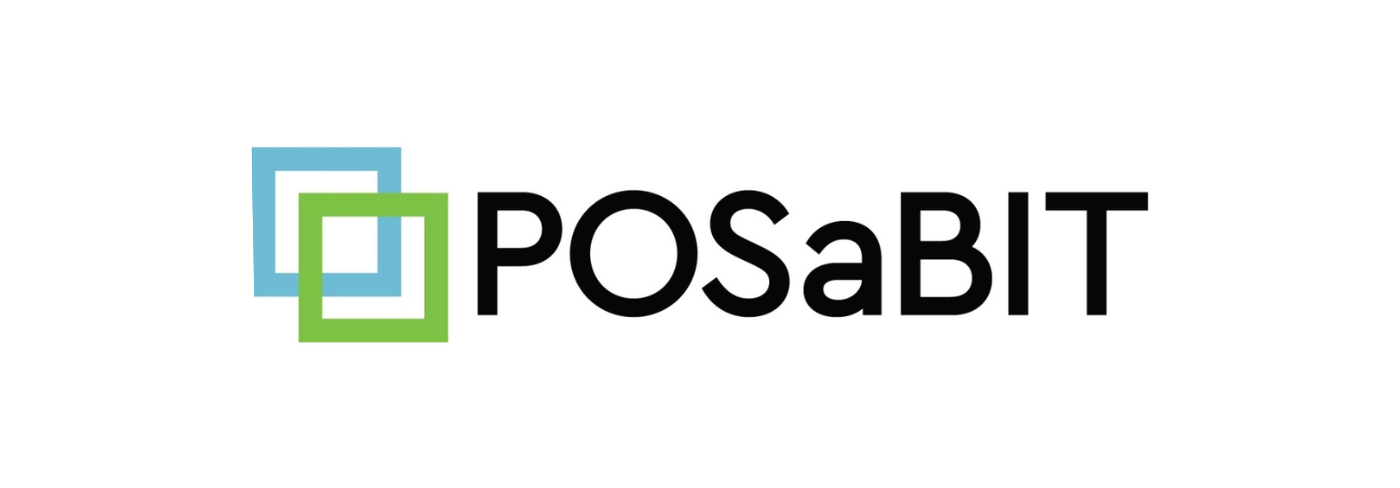
Even though markets are expanding, the crowded retail landscape in many regions can make acquiring new customers difficult and expensive. Implementing a robust loyalty program may help merchants boost basket sizes, increase the frequency of customer visits, and offer targeted marketing opportunities that yield better outcomes.
Loyalty programs are popular with both consumers and businesses. Data indicate the average program member spends 35 percent more per purchase and buys a significantly more diverse product range than non-members. However, data also show almost 40 percent of new members shop only once and never return to the store. To mitigate this effect, dispensaries must be strategic about their programs. Instead of offering large sign-up bonuses or simple points-per-dollar schemes, successful retailers often choose “achievement unlock” discounts, multi-visit rewards, and points that can be earned through a variety of consumer actions.
Loyalty programs can function in a number of ways, and not all tactics are created equal. Some loyalty programs give operators the option to separate members into multiple tiers or categories, such as VIP, new members, recreational customers, and medical customers. Intelligently designed loyalty programs also give dispensaries options to further customize their rewards system by basing points accrual on visit frequency, friend referrals, purchase size, and total spend within a specified period. Programs that allow dispensaries to utilize multiple types of rewards often are more successful than those that allow customers to earn points based only on visit frequency or purchase volume.
Many programs also include marketing components that let retailers communicate directly with members via text messages or email. With these features, dispensaries can send reminders, updates, and special promotions to their customers. Consumer-facing apps, included in a growing number of programs, allow customers to check their point totals so they know exactly when they can redeem rewards.

When considering a loyalty program, it’s important to determine whether the platform is compatible with your current customer-relationship-management (CRM) and point-of-sale (POS) systems as well as the web platform you use. Integrating all the components can create an interactive suite that not only facilitates powerful data analysis, but also helps manage every aspect of sales and marketing.
The most successful loyalty programs are dynamic and responsive to customer behaviors. Businesses that give their customers personalized attention are more likely to see positive results. In an increasingly competitive market, first-time shoppers will never become repeat customers if a brand’s marketing is not targeted and relevant. Integrating loyalty software with a CRM system allows your business to nurture leads, segment your audience, and offer targeted deals at optimal moments in each customer’s journey. Knowing what individual customers like and the conditions under which they feel inclined to spend their money can help your business maximize its potential.
Opting in to a loyalty program should be simple, requiring as little personal information as necessary. Offering customers a clear and enticing deal, like a free pre-roll for signing up, can encourage them to join. If you decide to allow the exchange of loyalty points for purchases, make sure points accrual and exchange rates are easy to understand. For example, one point may equal one dollar for a program member to spend on their next dispensary visit or delivery.
1. Alpine Loyalty
- Launched: 2019
- Dispensaries served: 2,800
Alpine IQ’s loyalty program offers dispensaries a flexible rewards program with no member-tier limits and niche accrual options for medical, recreational, and accessory sales. Using artificial-intelligence tools, the system offers retailers intelligent timing and other analytics to identify when to send marketing messages and assess the efficacy of current loyalty programs.

Customers may redeem points through all shopping channels (in-store, online, etc.), and dispensaries can customize the rewards based on customer behaviors. Alpine Loyalty also features a “happy hour” discount option and a refer-a-friend system. In addition, the platform offers a quick-response generator that presents products as interactive collectibles. When a customer redeems a QR code, dispensaries can reward the customer based on the rarity of the product they purchase.
2. Blaze Retail
- Launched: 2017
- Dispensaries served: 1,600
Blaze’s flexible program gives retailers the power to customize their customer rewards according to their needs, as they need. The software allows operators to assign customers to tiers, specify reward amounts, and create specialized member groups for personalized discounts. A business using Blaze can implement deal bundles and stacked discounts for the entire member base or only select groups. Designating preset promotions is simple thanks to software features that automatically send customers their reward after they meet a loyalty threshold.

Blaze’s loyalty program is integrated into the Blaze Retail point-of-sale system and web dashboard. Budtenders easily can view the activity for individual customers, and managers quickly can assess the efficacy of their current rewards system using built-in analytics.
3. CanPay Points
- Launched: 2023
- Dispensaries served: 1,000+
CanPay Points provides dispensaries with a straightforward app that allows customers to earn and use their rewards at any dispensary that uses CanPay’s debit solution. The debit app is free for consumers to use, and all discount points are stackable with merchant offers. Customers enjoy rewards that function just like credit-card rewards at traditional retailers. After each purchase, consumers can “spin to win” a virtual rewards wheel with a progressive jackpot. The company also offers special promotions on 4/20.

Dispensaries that wish to join the CanPay network need only a compliant bank account at an approved financial institution in order to start benefiting from the program integrated with a convenient debit payment solution.
4. Flowhub Loyalty
- Launched: 2016
- Dispensaries served: 1,000+
Flowhub’s loyalty program gives dispensaries the choice to set up separate rewards programs for recreational and medical cannabis consumers. Managers may add and edit programs on the Flowhub dashboard’s navigation pane, as well as analyze the efficacy of their reward methods. Dispensaries can set multiple point thresholds and assign each point a specific dollar value at redemption.
![]()
Budtenders can add customers to programs with just a name and phone number, but customers must be checked in if they want to edit their loyalty points. Dispensaries can check in and add a customer to the loyalty program directly through Flowhub’s mobile check-in app when the customer enters the store. After they reach their point threshold, customers may redeem their rewards for the transaction of their choosing.
5. POSaBIT Loyalty Program
- Launched: 2018
- Dispensaries served: 600
POSaBIT’s rewards program, which is integrated with the company’s POS system, allows dispensaries a great deal of flexibility in the way they reward loyal customers. Retailers may offer points based on store visits, dollars spent, sign-ups, or any combination of those actions. Operators may specify the value of each point earned.

A tier system allows customers to be segmented based on spending levels or other criteria. Customers may access new tier levels based on the lifetime points they have earned and enjoy auto-applied discounts that improve with each level they achieve. There are no limits on the number of tiers, points, or dollars per point, so dispensaries can customize their loyalty program as they wish.
6. springbig Loyalty
- Launched: 2016
- Dispensaries served: 2,500
Instead of rewarding customers based on visits, springbig’s dispensary loyalty program lets customers earn points on every dollar spent, potentially incentivizing them to spend more on each purchase. The program also features an automated tier system that assigns customers based on key performance indicators like average purchase size, total spent, and visit frequency.

An integrated marketing platform provides stores with both direct-text communication and a customer-facing app. Through these interfaces, dispensaries easily can send targeted messages. Customers can use the app to view their point totals and redeem their rewards during purchase. To ensure security, all aspects of the program require two-factor authentication and verified addresses.
